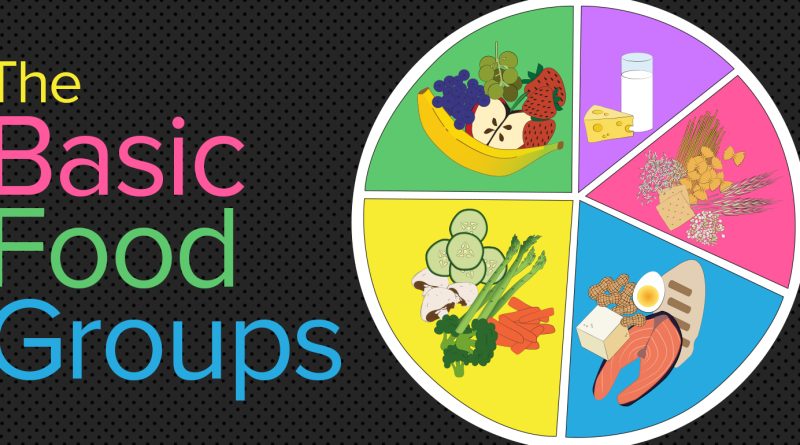Whatever Happened to the Basic Four Food Groups?
What Ever Happened to the Basic Four
The USDA was originally given the conflicting task of educating the public on agricultural matters while simultaneously working with food producers to provide a reliable and consistent food supply. This has, over time, led to our ever-evolving dietary guidelines, and yet is the purpose of these guidelines for our health or to sell more food?
Would You Believe There Were Once 12 Food Groups?
The food guides during the 1930s were heavily influenced by The Great Depression and at that time included 12 separate groups!
In 1956 the USDA produced the “Basic Four” food guide. The Dairy Industry was so enthusiastic they heavily promoted the plan, and why not; since milk, eggs, and butter were suggested as a separate food group, it only made sense that the Dairy Industry would be quite pleased.
In grade school in the 1960s we were taught three square meals a day were what was best, and any other eating was considered a “snack.” What is a snack? Is it extra food when you’re not hungry? Is it something to do when you’re bored? Is it a social activity (standing around a table laden with food at a party)?
And just what was a square meal? It was based on the “Basic Four Food Groups” as they were defined at that time:
1. Milk
2. Meat
3. Fruit & Vegetables
4. Grains
Four groups, four sides, four squares! Neat. Easy. People could “get” this, and that was the point. Make it easy enough for the average person to understand.
In the 1970s research began making a case that the over-consumption of certain foods such as fat, saturated fat, cholesterol, and sodium, increased chances for heart disease and diabetes and thereby caused the USDA to attempt to further modify their guidelines.
This was met with scorn, ridicule, and very heavy resistance from the meat and dairy industries. They fought tooth and nail to keep the guidelines as they were but to no avail. Eventually, we ended up with the Food Pyramid.
Big Foods Wins Again
In 1988 and 1989, the USDA produced the Eating Right Pyramid, emphasizing grains and other plant foods, and de-emphasizing animal products. It was set for approval in 1991. Just before its scheduled release the meat, dairy, and egg lobbyists finally took notice and heavily attacked the plan due to its misrepresentation of their products.
Complaints were made to the Secretary of Agriculture, Edward R. Madigan, that this pyramid would hurt the sales of beef. The National Milk Producers Association joined in the fight, and within weeks the new Eating Right Pyramid was withdrawn. Big food wins again! Secretary Madigan gave as his reason for the withdrawal that the plan was, “confusing to children.”
Next came the protests from the American Cancer Society, the American Medical Association, and other health and medical organizations over the withdrawal of the pyramid. In July 1991 a private firm was hired, and charged with the task of testing the pyramid on a select group of children and those with minimal education. The resulting $855,000 study determined the plan was indeed sound, and it was again scheduled for release.
In April 1992 the Eating Right Pyramid was released, one year late due to the 33 changes demanded by the meat and dairy industries, nearly all of which were incorporated into the design.
Keep in mind that the dietary guidelines are a product of the food manufacturers’ greater needs (selling more products) with a rough balance of the health industry’s attempt to influence public opinion.
The Eating Right Pyramid Attacked by Atkins Diet and Other Low-Carb Diets
Today, in the early 2000s, we are again revising the USDA’s recommendations. Formerly heavily leaning toward the consumption of bread and cereals (it never made a point of being specific about grains, but it makes sense. The food industry is interested in selling processed grains, not whole grains), it appears we’ll soon move back to the plan of the early 1930s which emphases meat and dairy, or maybe not. Only time will tell who will win the fight this time around.
And the cycle continues. What’s up next for our dietary guidelines is anyone’s guess, which is why I suggest the common sense diet. Eat good food and more of it. End of story.




